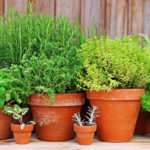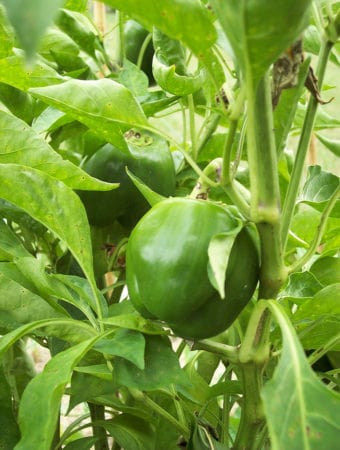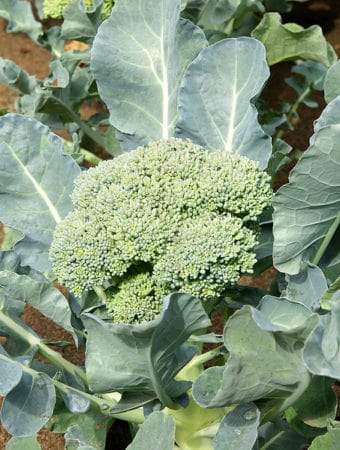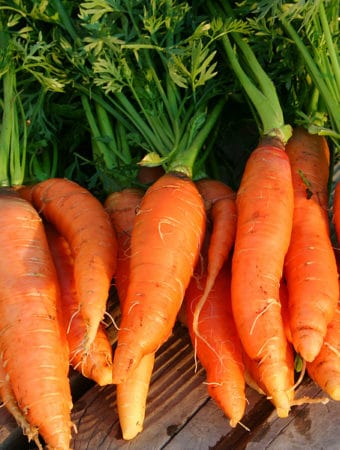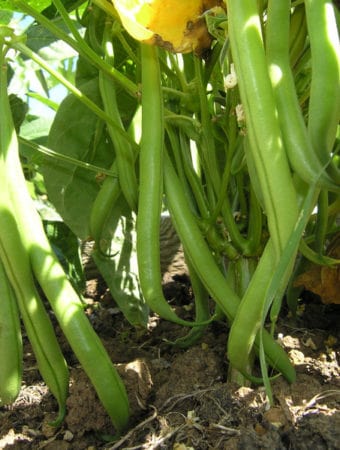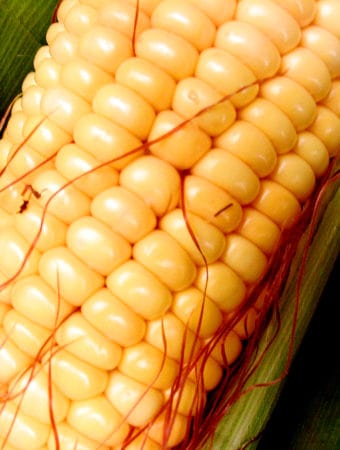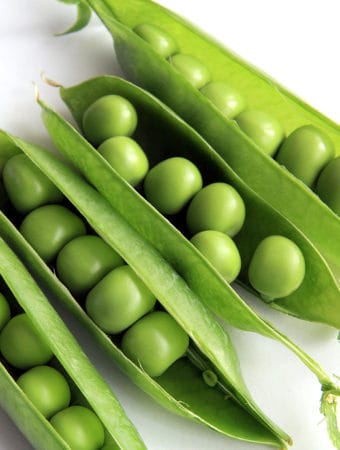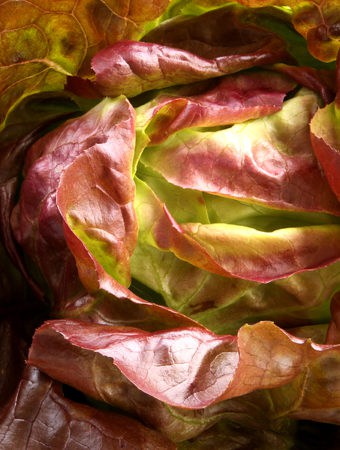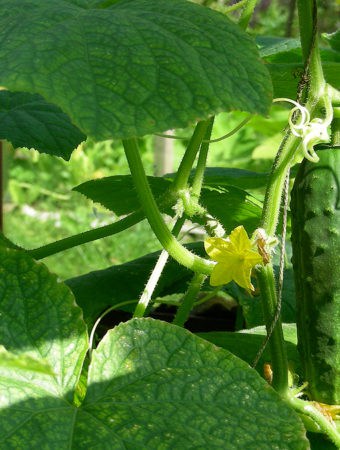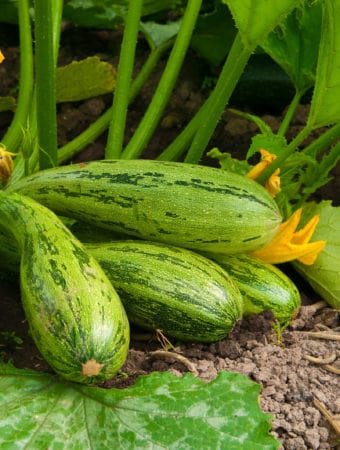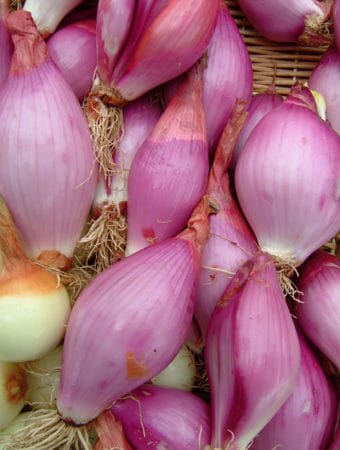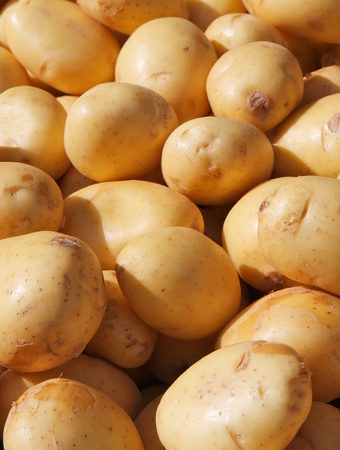 How to Prepare a Planting Bed
How to Prepare a Planting Bed
Newly established planting beds and planting beds that have been used in past seasons must be readied for the coming growing season. To prepare an established planting bed for the growing season you must decide what is going to be planted in the bed. While most planting beds are basically prepared in the same way…Continue reading>>>>
 Quick Growing Vegetable Crops
Quick Growing Vegetable Crops
Most vegetables include cultivars or varieties that are quicker maturing than others. Quick-growing vegetable crops come to harvest in as little as 4 to 10 weeks. They are “short stayers” not “long stayers” in the garden. Continue reading>>>>
 How to Grow a Salad Garden in 10 Steps
How to Grow a Salad Garden in 10 Steps
Salad greens are easy and quick to grow and are rich in vitamins and minerals. Plant salad greens—leaf lettuce, arugula, mesclun, and radicchio are a few—for harvest in cool weather—spring or fall. In warm-winter regions, grow salad greens outdoors year-round. In cold-winter regions, grow salad greens under the protection of plastic tunnels in winter. Continue reading>>>>
Peppers, Melons, and Eggplants Hate the Cold
Cool days and nights can be a problem for tender warm-season crops such as peppers, melons, and eggplants. Temperatures in the 40sF won’t kill these plants but their growth will be stunted. Start these crops indoors in April. Wait for warm weather to set these crops in the garden. Continue reading>>>>
 How to Grow Okra
How to Grow Okra
Okra is a heat-loving annual plant that requires 55 to 65 frost-free days with temperatures consistently above 85°F (29°C) for full growth, flowering, and pod development. Sow okra seed in the garden 4 weeks after the average last frost date in spring. Get okra started indoors in early to mid-spring. Continue reading>>>>
 Floating Row Cover Plant Protection
Floating Row Cover Plant Protection
Floating row covers are made of lightweight spun poly fabric and are laid loosely over plants. A floating row cover will protect plants from frost damage to 28°F. Use row covers in spring to protect seedbeds and young seedlings from chilly nights and unexpected frost. Continue reading>>>>
 Growing Vegetables and Herbs in Containers
Growing Vegetables and Herbs in Containers
You can grow a miniature vegetable garden. Growing vegetables in containers is an easy and pleasurable way to garden if you live in an apartment, townhouse, or condominium. A sunny balcony, patio, courtyard, porch, doorway, or windowsill is all you need to get your small garden growing. Continue reading>>>>
 Best Herbs for Container Growing
Best Herbs for Container Growing
Many useful culinary herbs grow well in containers. Basil, chives, cilantro, dill, common and Florence fennel, garlic, lemon balm, mint, oregano and marjoram, parsley, rosemary, sage, French tarragon, and thyme are excellent choices for container growing. Grow these culinary herbs in pots near the kitchen door or on a windowsill so they are readily at hand when preparing meals. Continue reading>>>>


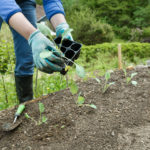
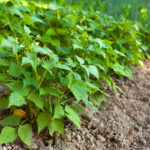 Quick Growing Vegetable Crops
Quick Growing Vegetable Crops
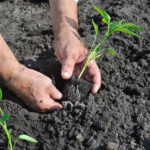
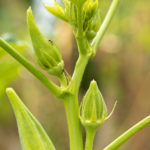 How to Grow Okra
How to Grow Okra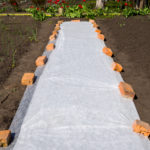
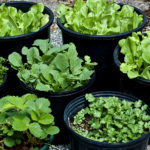 Growing Vegetables and Herbs in Containers
Growing Vegetables and Herbs in Containers